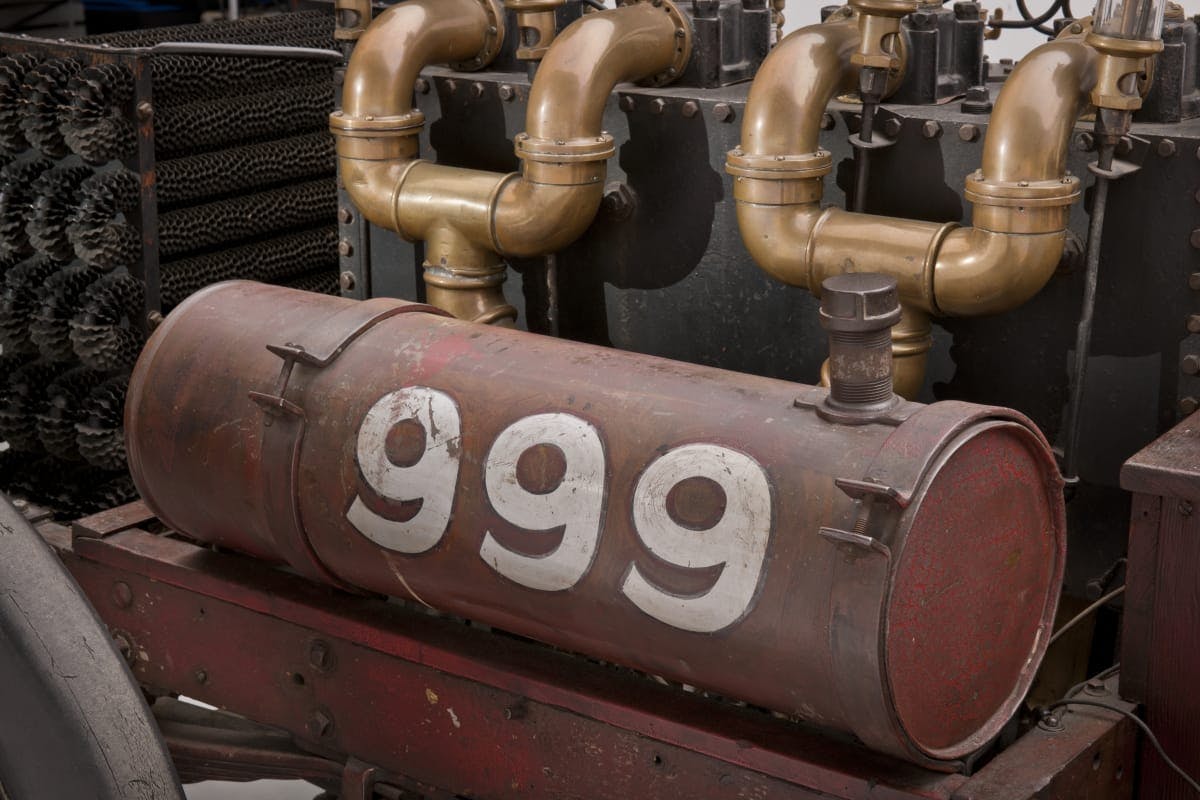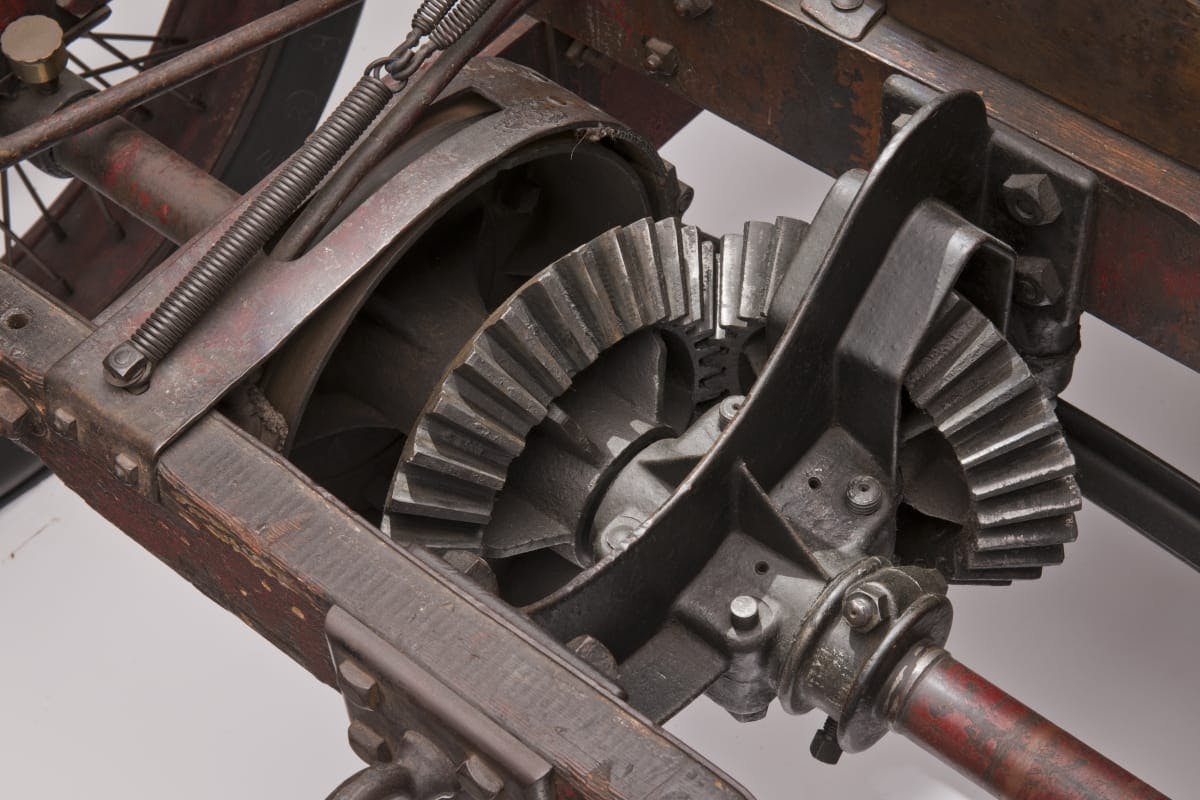Media | Articles
The Ford 999 used brute force to launch two historic careers
Before he was the roaring success that made him one of the richest and most successful entrepreneurs in history, Henry Ford had suffered failures and false starts. Ford relied on racing to promote his early automotive business attempts, and one race car—No. 999—was the turning point that served as a launching point for his second business and also the career of one of the most famous racers of the time, Barney Oldfield.

Ford had just folded up the Detroit Automobile Company, and he spent most of 1902 attempting to find what his next entrepreneurial move would be. The plans for the 999 racer were something Ford carried out the door when he left another company he started in an attempt to break into the automotive manufacturing space. The Henry Ford Company bore his name, but Ford left in 1902 to go racing. He wrote a letter to his brother-in-law about his pursuits of speed, stating “… there is a barrel of money to be made in this business … My company will kick about me following racing but they will get the advertising and I expect to make $ where I can’t make ¢s at manufacturing.”
And the 999 is proof that he was right. It’s downright primitive by just about every definition of what a car is, but it went fast, won races, and put Ford’s new company name—Ford Motor Company—in front of a lot of eyeballs. Ford might have been behind the design and construction of the 999, but he was not behind the wheel when it raced.
Marketplace
Buy and sell classics with confidence
Instead, Ford enlisted the talents of Oldfield—a bicycle racer with a reputation of being fearless at speed. Oldfield took to auto racing naturally, winning his first race in October 1902. That event was comprised of four racers over a timed five-mile loop. Oldfield bested the other competitors with a time of 5 minutes, 28 seconds, which set a record for a five-mile race on a closed course.

The 999 could accomplish this near-60 mph average thanks to it’s absolutely massive four-cylinder engine. With a 7-inch bore and 7-inch stroke, the total displacement of the four banger was 1077 cubic inches. The intake valves were atmospheric, meaning there was no cam shaft to open them, only the vacuum created by the downward motion of the pistons in their cylinders. The whole package is thought to have made 70–100 horsepower at a mere 700 rpm.
A 230-pound flywheel backed the enormous engine, and motion was transferred to the rear wheels by what most modern engineers would call a Rube Goldberg machine. A hand-operated lever forced a wood (seriously) clutch to engage with the flywheel, which then spun a solid (no u-joints) driveshaft that was engaged to a ring-and-pinion gear set which transferred motion to the rear wheels with no concession for differential speeds between the wheels. That solid drivetrain did not allow for suspension movement, so there was none. Also the engine had no oil pan or valve cover, and thus sprayed a liberal amount of oil onto the driver at speed.

Oldfield would go on to become one of the first nationally know race car drivers. He is most famous for his land speed runs in car built using Peerless engines, which were named Green Dragons. Oldfield’s signature was chewing a on a cigar while racing; he claimed it would save his teeth in a crash.
It was a crash in September 1903 that took the 999 from the racing world, along with Ed “Spider” Huff, who was driving at an event on the Wisconsin Fairgrounds. Ford had the car shipped back to Detroit, and he rebuilt it from a dirt track racer to a land speed car. The 999 set a flying mile record on January 12, 1904, going 91.37 mph on the surface of a frozen Lake St. Clair. The record was broken only a week later, but the buzz generated by the 999 and its racing exploits was enough to launch Ford and Ford Motor Company into the public eye—where it has stayed for over a century.







